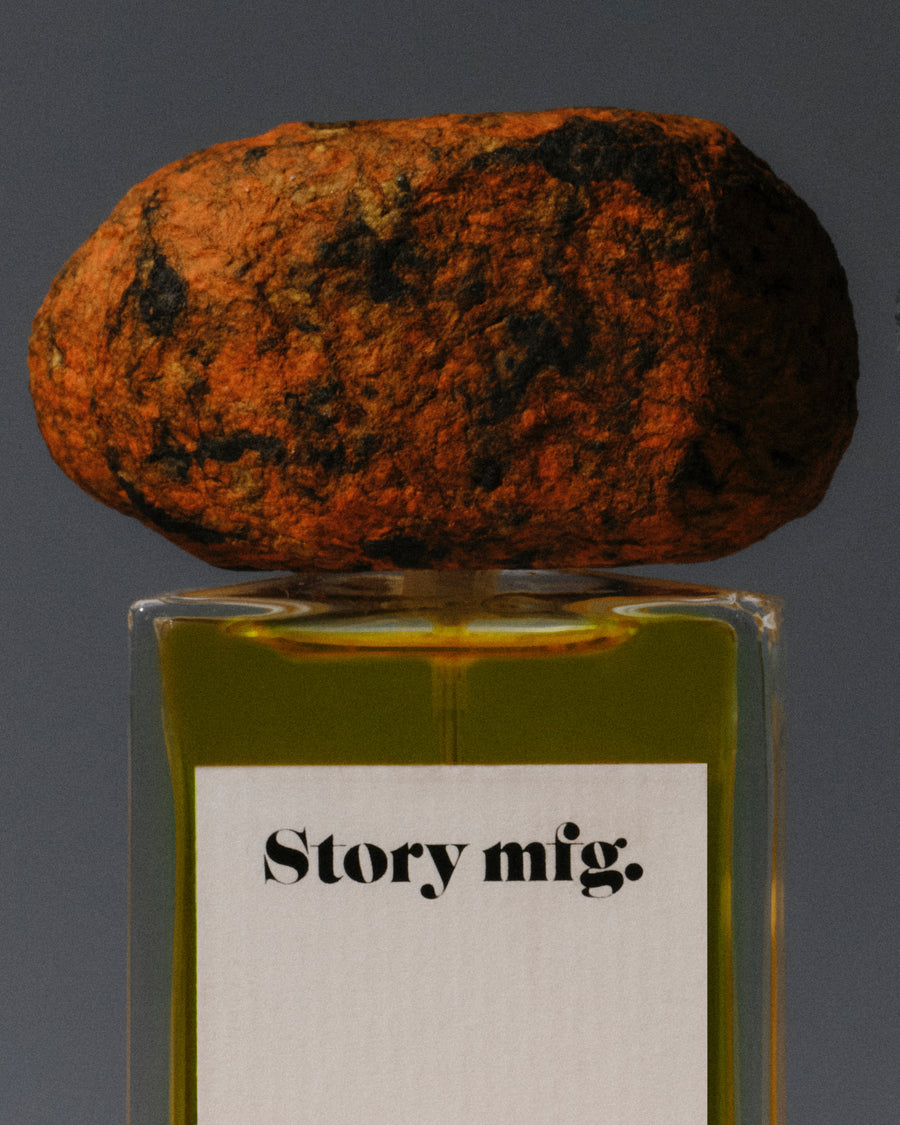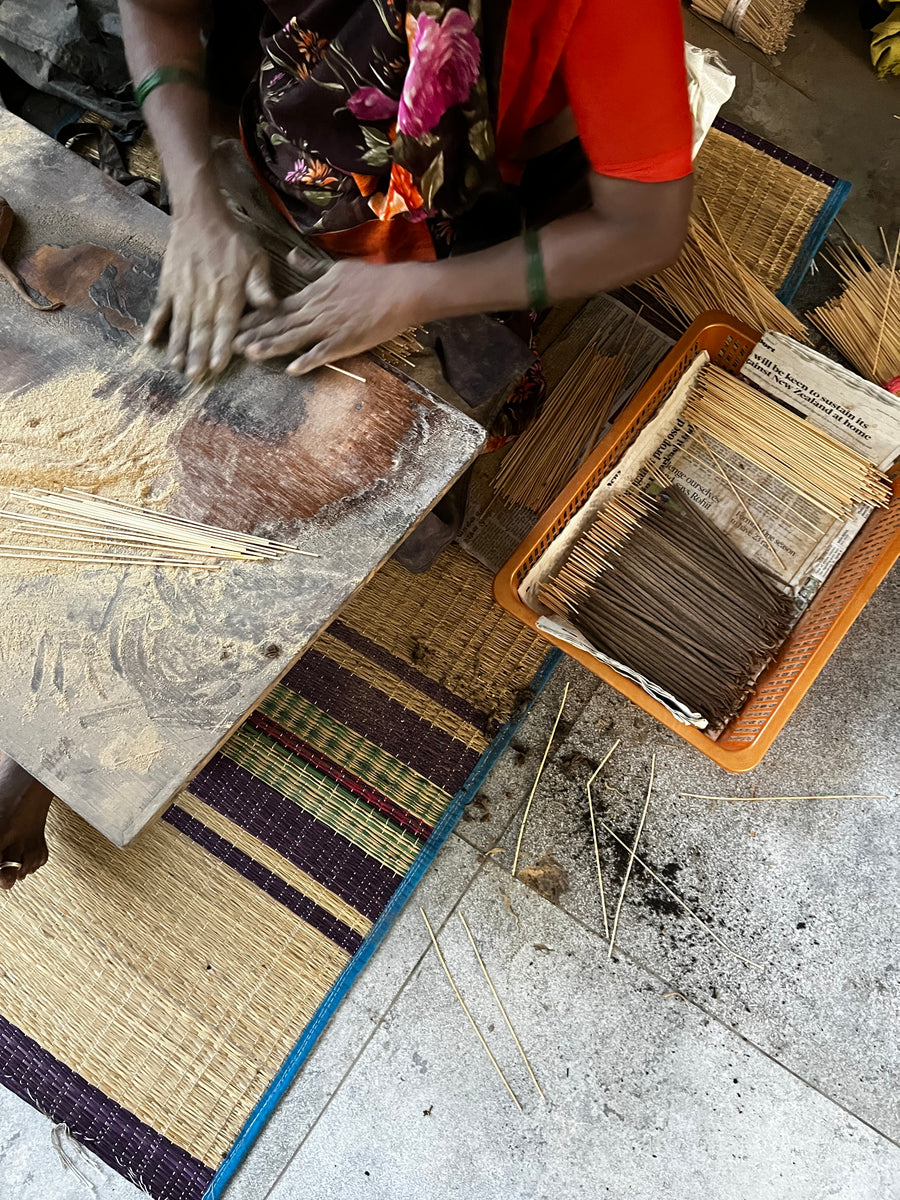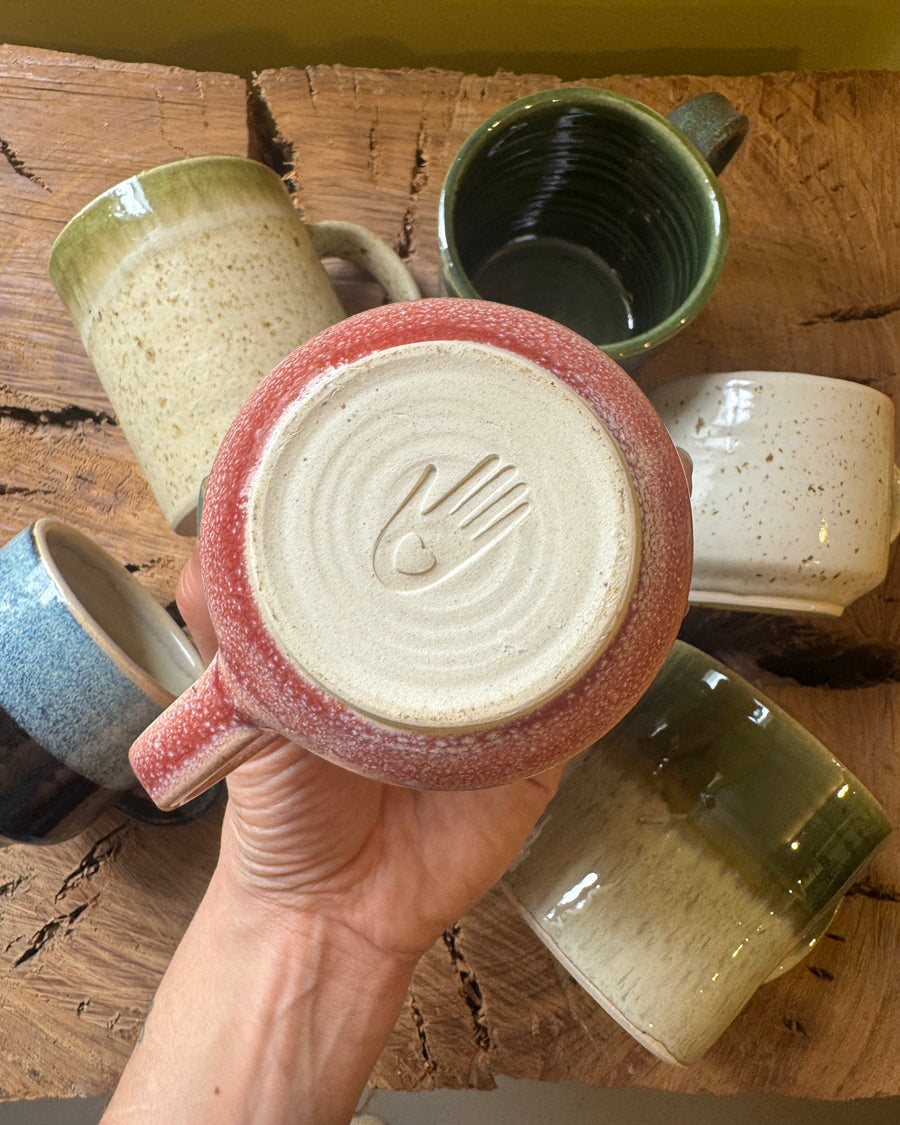
Weaving Our Way Through The Greenwashing Landscape
by Saeed Al-Rubeyi
·
If you’ve been with us for a little while you’ll notice we’ve made a bit of an editorial shift in the kind of things we publish. While in the past we would post about the techniques we used and how things are made we are now shifting over more to writing about why we make things the way we do and our brand philosophy. This is so we can write longer-form pieces that don’t feel dated when a season ends
In truth, I also want to find a way to better inform interested people about the industry because not all things are created equally. It kills me to say this because I hate taking down people who are being industrious but there are too many brands and companies out there talking about being sustainable when they are not. We put a great deal of money, time and elbow grease into our practices so it makes for uncomfortable viewing when I see other companies purport to do the same when they clearly do not.
Unfortunately, it's not cut and dry - there’s no sustainability credential so people can basically say whatever they like. They may even think they are sustainable - I think the greatest issue is that even people in the industry do not have a firm understanding of the subject. The virtue of being a small company doesn’t automatically make you sustainable. Making locally doesn’t automatically make you sustainable. Over-dyeing (even naturally) already made and dyed fabric doesn’t automatically make you more sustainable. Some may say sustainability is a matter of opinion - but I would say it’s a mix of logic, research and common sense.
Sustainability is not a marketing tactic for us, it’s a practice (for more on our manifesto you can check out this page). I know we have our own flaws as a brand, do not get me wrong. For a start we make new things - I know its best to consume things that already exist but it’s clearly not a practical or attractive solution. Our goal is to find a way that not only doesn’t add to the problem but helps fix it for the better - extinguishing the burning dumpster fire of a situation we have been left. We also fly and transport our goods. This is our biggest challenge to date and it’s one we have been working on since our inception. Until teleportation or renewable-energy powered flight is a reality this is going to remain an issue, but we have some solutions - we just need more cash to put them into practice.
For now, we are continuing to invest in working with partners to make innovations in the natural dye sphere - this often means starting from scratch. A STORY mfg. item is uniquely designed from the fabric stage - we don’t buy from shops or go to trade shows to pick our fabrics - we largely make them from scratch.

One of the things we do as a brand which is really really special is making our own denim from the yarn dye stage. To be transparent, our dye house buys locally-sourced organic yarn (because we can't create yarn ourselves in a better way) but from there on out it's our baby. This process is insanely manual, even more so if you have any experience or knowledge of how denim is usually made in industry (quick lesson: its a series of giant machines, and it happens fast and dirty).
Before we go any further I want to underline a point about the labour force we use, because a lot of people automatically assume South Asian workforces are underpaid and overworked (I know from conversations that people working in these regions avoid having staff in marketing photos - and this is a huge problem for me). The atelier and dye house is, quite literally, in a forest, not a city - so attracting skilled craftsmen is a challenge. The people we work with are paid a more-than-fair wage, and we now pay more for our manufacturing in India than we did in the UK. With this price comes the quality, care and passion that we value.
The yarns require quite a lot of care and attention before they even catch a whiff of dye. The processes here are in fact the same as fabric or garment dyeing - even our undyed garments go through a process of cooking and sun bleaching with the help of earth salts to get them ready to be the best they can be.
First yarns have to be hard boiled - this is to remove the starch that is applied when they’re made. The starch is harmless to wear but it severely interferes with the dye process - it creates a barrier that leaves fabric uneven and way less colour fast (quicker to fade). This process is called ‘scouring’ and is incredibly important, if not the most arduous and boring part for the home-dyer (trust me, it's both boring and hard work at the same time - a lot of hobbyists skip this step).

The yarn is then treated with mordants, in every instance except natural indigo which doesn’t need this step because it's more of coating, not a dye. Mordants are earth compounds that open up the fibre to accept the dye later on (if you’ve ever dyed your hair before you’ll be familiar with this process). There are many mordants (some good, some polluting) and the mordant and method used has almost as much impact as the dye. Take our black and khaki fabrics as an example - they’re actually the exact same dyes, with a little change to the mordanting method that creates a very different result. This stage, more than any, is where experience and discipline shine - the pot used, the pH, the quantities, temperature - they all make a ginormous difference to the final outcome, but their influence is completely invisible until it's too late.

At the request of the dye house, who have spent decades honing their ‘ancient knowledge research’ that gives STORY mfg. garments the depth of colour and tonality that we really think is unmatched, we can’t go into this process too much. What we can say is that the mordant we use chiefly is an alum, and we never ever use any polluting mordants.
Once mordanted the yarns are washed and dyed in ‘hanks’ by hand and checked on for colour by eye. Of course, quite unlike standard factory-made denim, this leaves lots of room for nature to take the wheel - all the yarns in a hank may be the same tone but not every hank in a bundle is alike - this creates the rare and beautiful tonality of colour in our woven denim.

From here hanks are sent to be woven - which is a process in itself but not an out-of-the-ordinary one. When we first started the brand we would be begging people to loom us meters of fabric, now we are making it by the kilometre - but every yarn has still been hand dyed.
We don’t yarn dye any other of our fabrics - the process is so intense that it takes around five months from start to finish. The rest of our fabrics are woven with ecru yarns then sent to us for the same dye processes, but at the fabric stage. At that point, we can fabric dye (dye the fabric then making the clothes), or garment dye (stitch the garment in ecru, then dye the whole item) which give strikingly different effects.
Occasionally I get flat out asked ‘why do you bother making your own fabric?’ and we’ve been told more than a few time that we can get much cheaper ‘natural indigo’ denim from big mills. We bother for a lot of reasons - but chief among them is our desire to know everything and do our best. We’ve all been duped before by brands out for a quick buck or a trend that knowingly lie or ‘omit’ the truth - and it's awful. We are building a brand you can lean on and trust to make the kinds of decisions that you’d make yourself.










